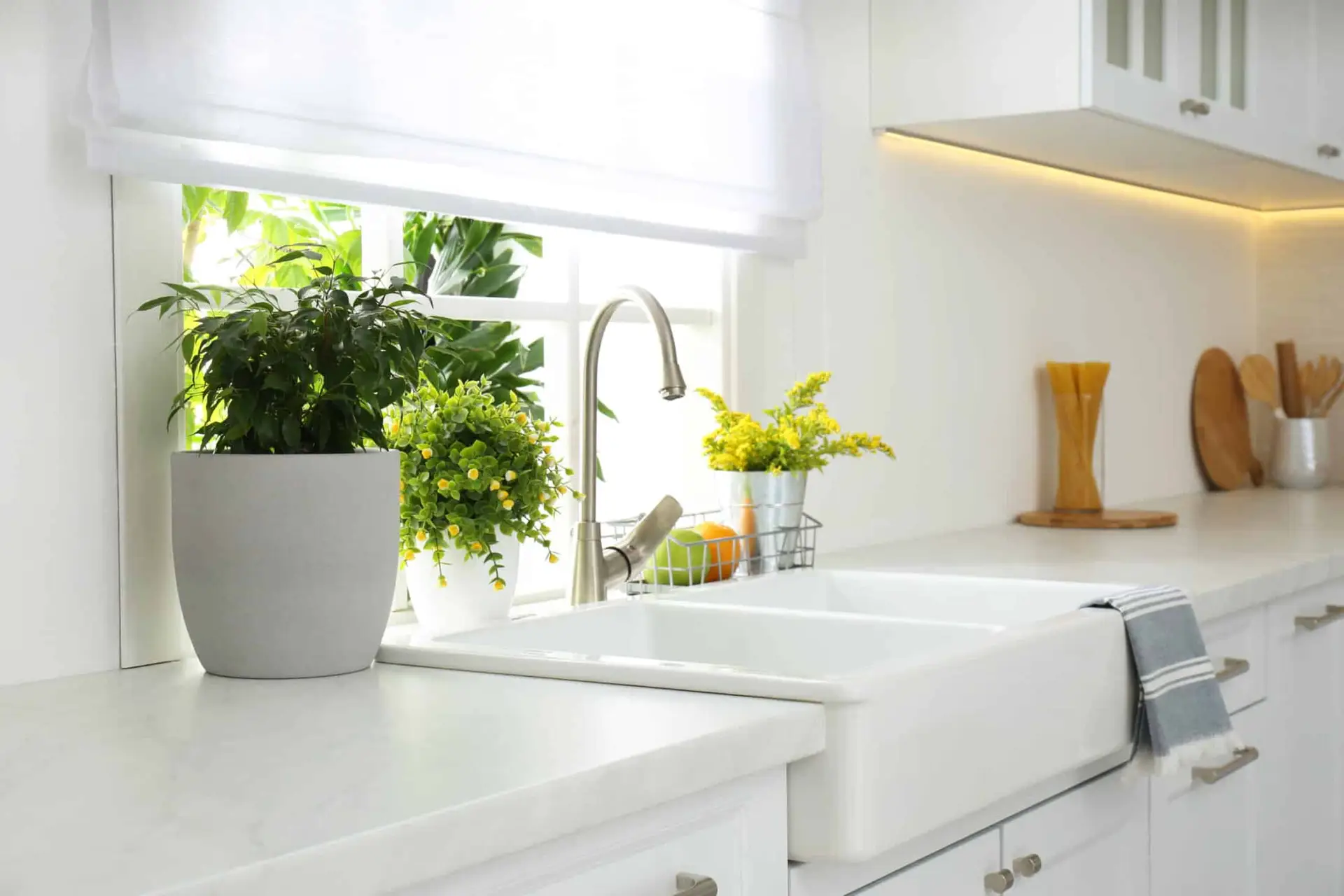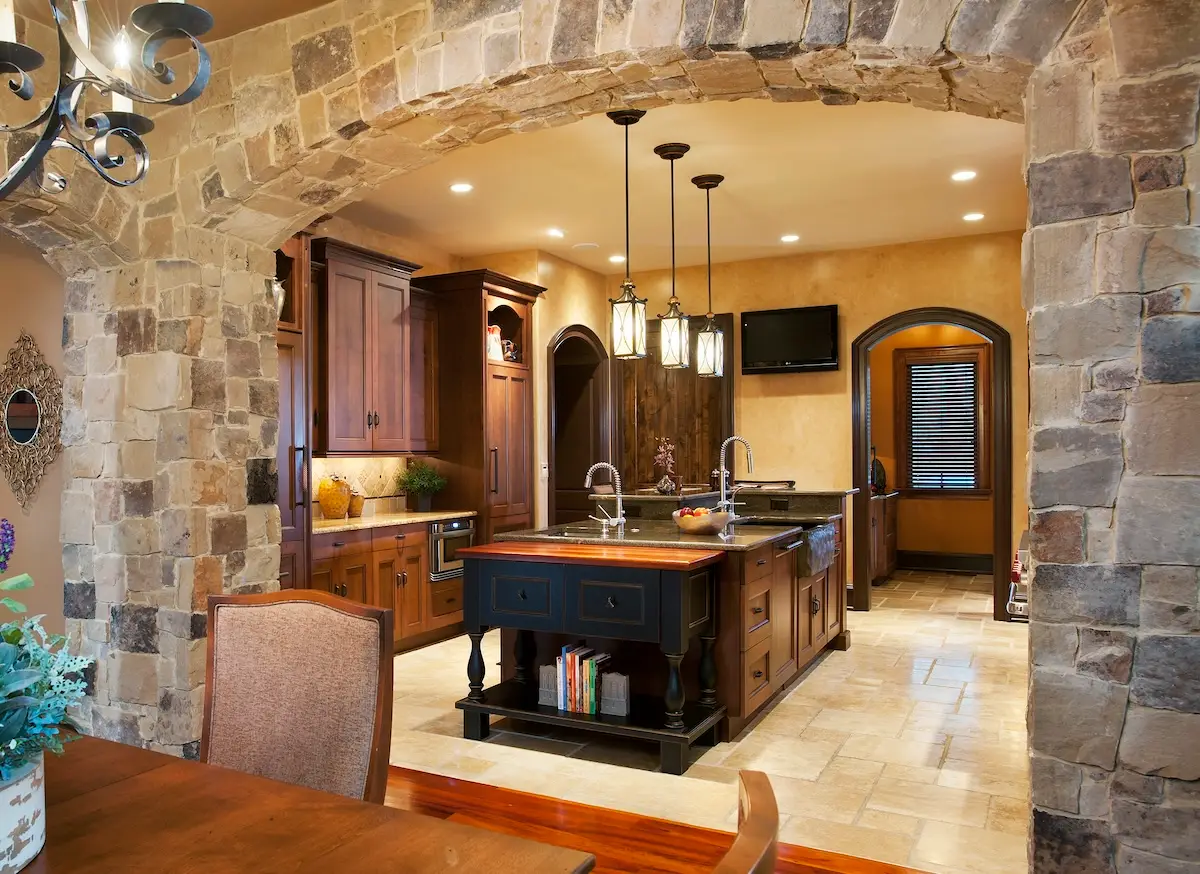Mid-century modern design, a movement that emerged in the mid-20th century, is celebrated for its clean lines, simplicity, and sustainable approach, emphasizing function over form without sacrificing beauty. Originating during a period of significant societal and technological change, it was heavily influenced by German Bauhaus architects who brought a preference for simplicity and functionality to America. Gaining popularity in the post-war era, marked by economic growth and an expanding middle class, this design style focused on affordability and a departure from traditional, ornate styles. Today, mid-century modern design is experiencing a resurgence, appealing for its timeless quality and compatibility with contemporary living, demonstrating its enduring influence in the design world.
Incorporating Mid-Century Modern Design into Your Home
Embrace Large Windows and Natural Light
Open floor plans and large windows are essential for dismantling the partition between the interior and exterior. This architectural feature improves the visual coherence between your house and its natural surroundings as well as optimizing natural light. Architecturally, consider incorporating floor-to-ceiling windows or skylights to further amplify this effect. These design choices illuminate the space and contribute to a feeling of spaciousness, hallmark characteristics of mid-century modern aesthetics.
Minimalism and Clean Lines
Clean lines and uncluttered spaces are fundamental to the minimalist style of mid-century modern design. Furniture in this style is characterized by its streamlined forms and functional elegance, often elevated on slender, tapered legs that enhance the visual spaciousness of the room. When selecting pieces, prioritize those that marry form with function, embodying simplicity yet offering comfort. Incorporating a neutral color palette with strategic pops of color can add depth to the space, reflecting the era’s penchant for both subtlety and boldness in design.
Wood and Organic Materials
Mid-century modern design is rooted in the use of natural materials, with wood taking center stage. You might look for furniture and finishes that showcase the natural grain of wood to imbue spaces with organic elegance. Complementing wood with other materials like polished metal, stone, or textured glass can create a rich tapestry of textures, adding layers of sophistication to your interiors. This thoughtful mix reflects the innovative spirit of the era and also enhances the space’s tactile and visual dynamics.
Outdoor and Indoor Furniture
By creating a continuous flow, mid-century modern design breaks the traditional lines separating outdoor and indoor living spaces. Selecting furniture that can effortlessly transition between these environments encourages a flexible approach to living spaces. For example, incorporating weather-resistant materials with mid-century silhouettes allows for the outdoor use of designs originally intended for the indoors. This fusion underlines the design movement’s commitment to versatility and harmony with the natural world.
Nature, Houseplants, and Organic Shapes
Incorporating elements of nature, such as houseplants and organic shapes, is crucial for achieving an authentic mid-century modern ambiance. Strategically placed greenery not only purifies the air but also introduces vibrant textures and colors, enhancing the overall aesthetic. Furniture and décor featuring organic shapes echo the natural world’s irregularities, softening the rigidity of minimalist design. The mid-century modern concept of bringing nature closer is embodied by emphasizing organic aesthetics, creating a calming living environment.
By delving deeper into these key elements of mid-century modern design, it becomes clear how this style creates spaces visually stunning and also deeply connected to the natural world and human comfort. Whether you’re looking to update a single room or redesign your entire home, incorporating elements of mid-century modern design can create a space that is both stylish and comfortable.




